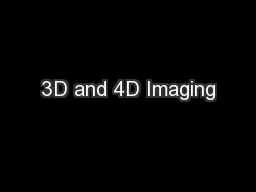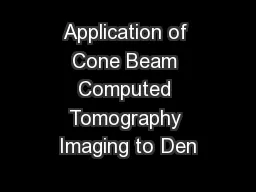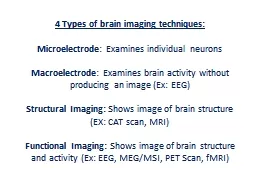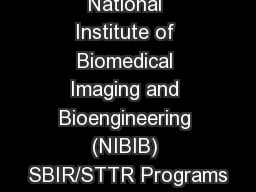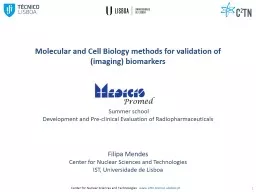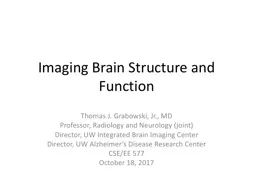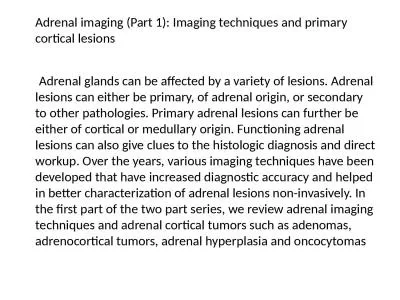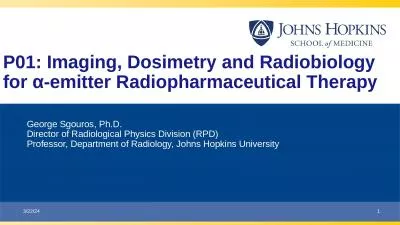PPT-3D and 4D Imaging
Author : tawny-fly | Published Date : 2015-12-01
of the Aortic Root Dominik Fleischmann Department of Radiology Stanford University 20 th Annual Summer Practicum Masters in Body Imaging Jackson Lake Lodge Moran
Presentation Embed Code
Download Presentation
Download Presentation The PPT/PDF document "3D and 4D Imaging" is the property of its rightful owner. Permission is granted to download and print the materials on this website for personal, non-commercial use only, and to display it on your personal computer provided you do not modify the materials and that you retain all copyright notices contained in the materials. By downloading content from our website, you accept the terms of this agreement.
3D and 4D Imaging: Transcript
Download Rules Of Document
"3D and 4D Imaging"The content belongs to its owner. You may download and print it for personal use, without modification, and keep all copyright notices. By downloading, you agree to these terms.
Related Documents

